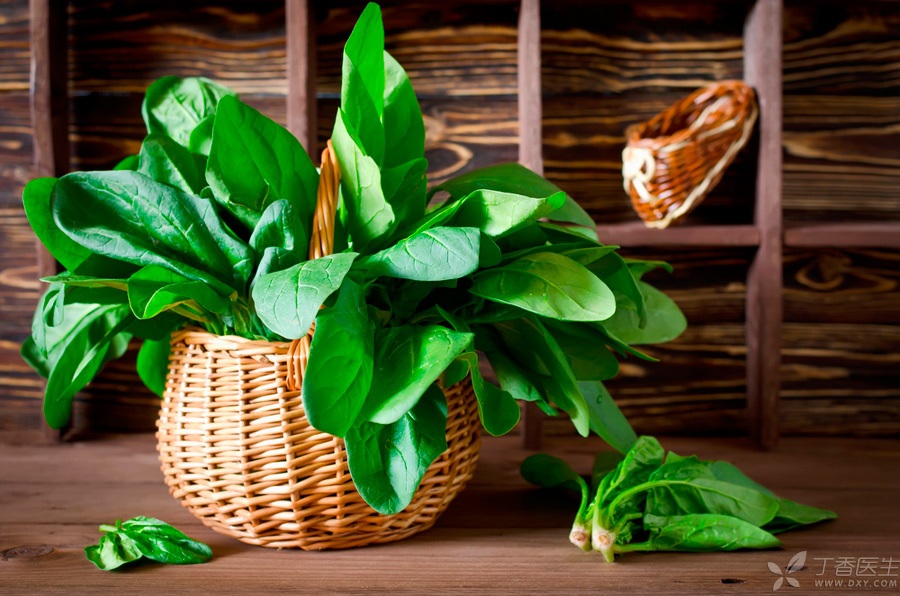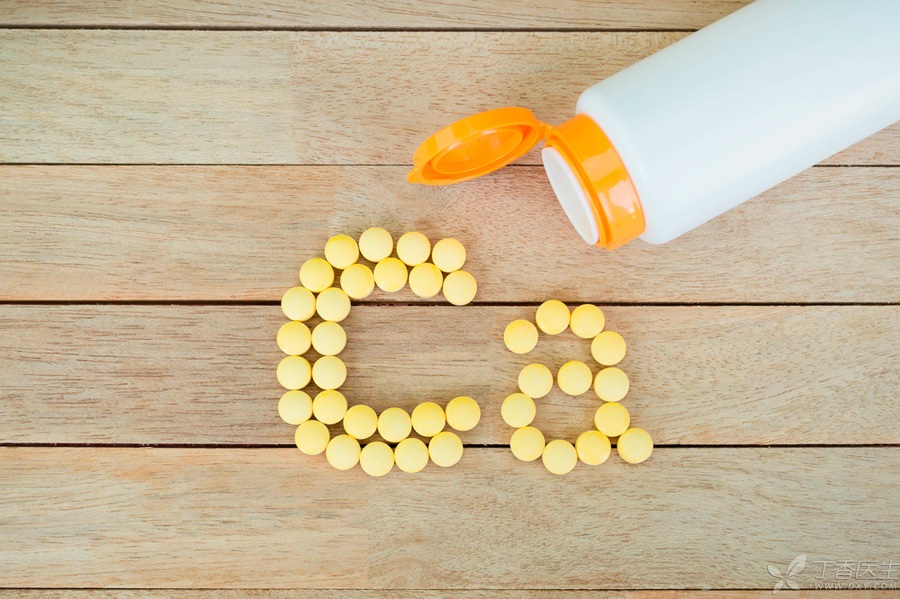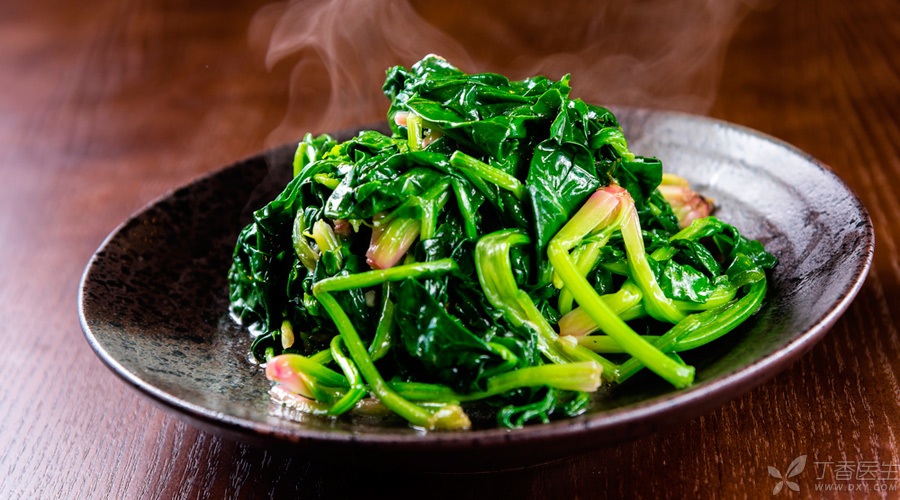There is a question that has been raised by many people:
Physical examination results found that I have osteoporosis, eat some what is good?
Indeed, osteoporosis is not uncommon for middle-aged and elderly friends.
After middle age, women’s estrogen level decreases, bone calcium loss increases, and osteoporosis is more likely to occur.
The bone mineral density and bone mass of men are higher than those of women, but many men do not pay attention to developing healthy living habits, smoking and drinking, big fish and big meat, and being too lazy to exercise, which will promote osteoporosis.
It is understandable that all kinds of harmful factors add up and bones age ahead of schedule.
Many people want to regulate osteoporosis through diet. Teacher Fan Zhihong told us that besides eating calcium tablets, dairy products rich in calcium and bean products, there is also a common, cost-saving and effective [calcium supplement], which must be recommended to everyone.
Green leafy vegetables can supplement calcium.

Most people know that bean products and dairy products contain a lot of calcium, but few people know the benefits of green leafy vegetables to bones, which is really a pity. I hope this article can let everyone know about green leafy vegetables as a good helper for calcium supplement.
Almost all green leafy vegetables are good sources of potassium and magnesium, while some green leafy vegetables are also rich sources of calcium.
Speak with data. Use milk as a reference:
The contents of calcium, potassium and magnesium in 100 grams of whole milk are 104 mg, 109 mg and 11 mg respectively.
In contrast-
The content of calcium, potassium and magnesium in 100 g rape was 157 mg, 153 mg and 27 mg respectively
The calcium, potassium and magnesium contents of 100 grams of Chinese cabbage are 90 mg, 178 mg and 18 mg respectively.
The content of calcium, potassium and magnesium in 100 grams of spinach is 73 mg, 220 mg and 58 mg respectively.
The calcium, potassium and magnesium contents of 100 grams of tomatoes are 10 mg, 163 mg and 9 mg respectively.
It can be seen that the daily green leafy vegetables can provide quite a lot of calcium, potassium and magnesium. It is comparable to milk, and the content of potassium and magnesium exceeds that of milk. As for non-green leafy vegetables such as tomatoes, cucumbers and eggplants, the content of potassium is relatively high, but the content of calcium and magnesium is far worse than that of green leafy vegetables.
From a global perspective, China is one of the few good places with sufficient quantities of green leafy vegetables and good quality at low prices. There are such common, cheap and effective calcium supplements that should be made good use of, aren’t you right?
Multiple elements, synergistic calcium supplement

Magnesium itself is a trace component in bones and teeth, and is conducive to improving the utilization rate of calcium. Sufficient supply of potassium can effectively reduce the loss of urinary calcium.
In addition, green leafy vegetables are rich in vitamin K.
We know that vitamin D can help calcium absorption, while vitamin K can participate in bone formation and achieve the effect of strengthening bones.
Egg yolk, animal liver and some nuts also contain vitamin K, but they are not the main dietary sources of vitamin K in Chinese. Green leafy vegetables and bean products are good sources of vitamin K.
It is necessary to replace the daily big fish and meat with some bean products and eat a large amount of green leafy vegetables at the same time.
The utilization rate of calcium in green leafy vegetables is not low either.

Some people also questioned:
Green leafy vegetables contain a lot of oxalic acid, which can hinder calcium absorption! Although calcium is abundant, it is useless not to absorb it.
Oxalic acid does hinder calcium absorption, but the oxalic acid content in most common green leafy vegetables is not high.
The vast majority of green leafy vegetables such as rape, pakchoi, Chinese cabbage, kale, mustard, green lettuce, etc. have very low oxalic acid content and low oxalic acid/calcium ratio, so the calcium contained therein can be effectively absorbed and utilized by human body.
Portulaca oleracea, spinach, amaranth and other few varieties contain more oxalic acid.
If the calcium utilization rate of milk is 1.00, the calcium utilization rate of kale and cabbage is 1.08 and 1.10 respectively. In contrast, the calcium utilization rate of spinach is only 0.26.
However, as long as spinach is blanched in water, more than half of oxalic acid can be removed, while calcium is insoluble in water. In this way, the utilization rate of calcium in blanched spinach can be effectively improved.
Diet conditioning is very important, and exercise cannot be ignored.

Finally, we cannot forget that an important factor of osteoporosis is that we give too little benign stimulation to bones.
Always sitting in front of the computer, lying on the sofa, bones are almost not stimulated, easy to loose.
This is always the case. Even if you eat a high calcium diet, the bone strengthening effect is very limited.
Weight-bearing exercise, jumping exercise and resistance exercise are all conducive to maintaining bone density. However, the elderly with mild osteoporosis will have an improvement trend in bone density after doing moderate and low intensity exercises such as fast walking and jogging.
Therefore, before serious osteoporosis has occurred, adjust your diet quickly and run, jump and move again.
